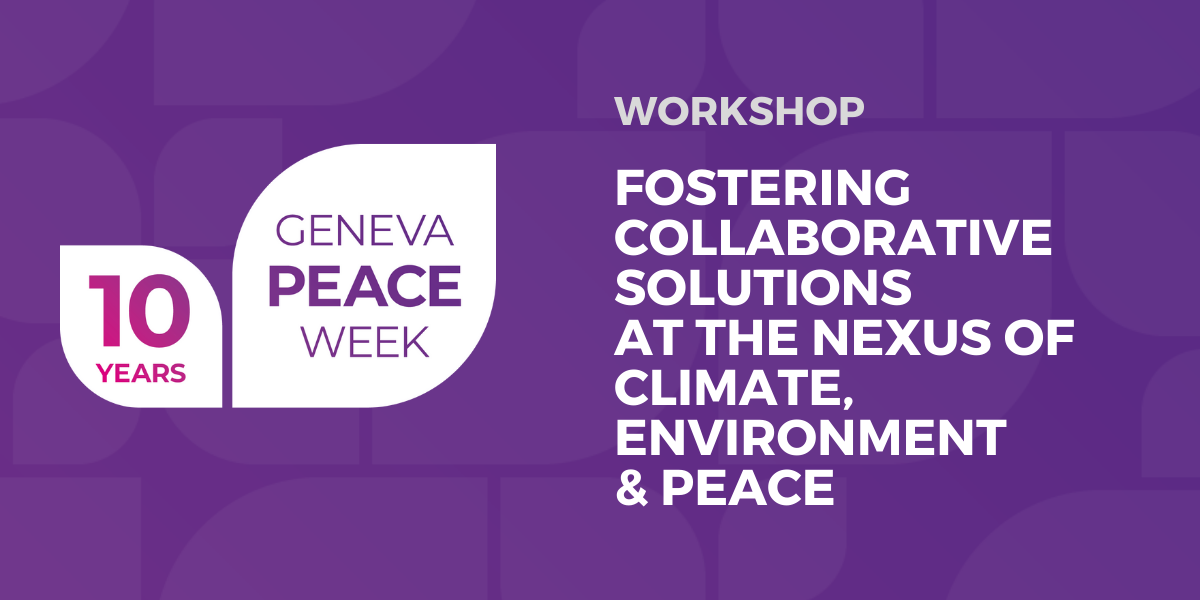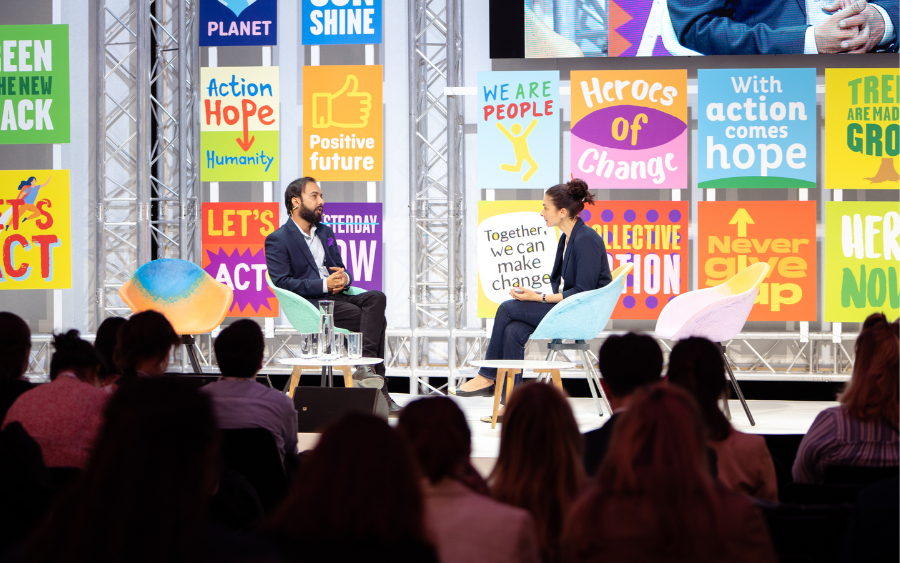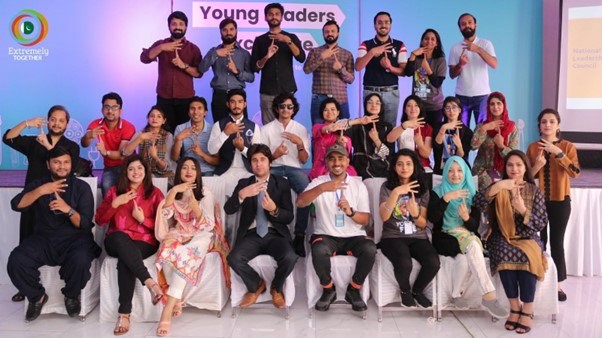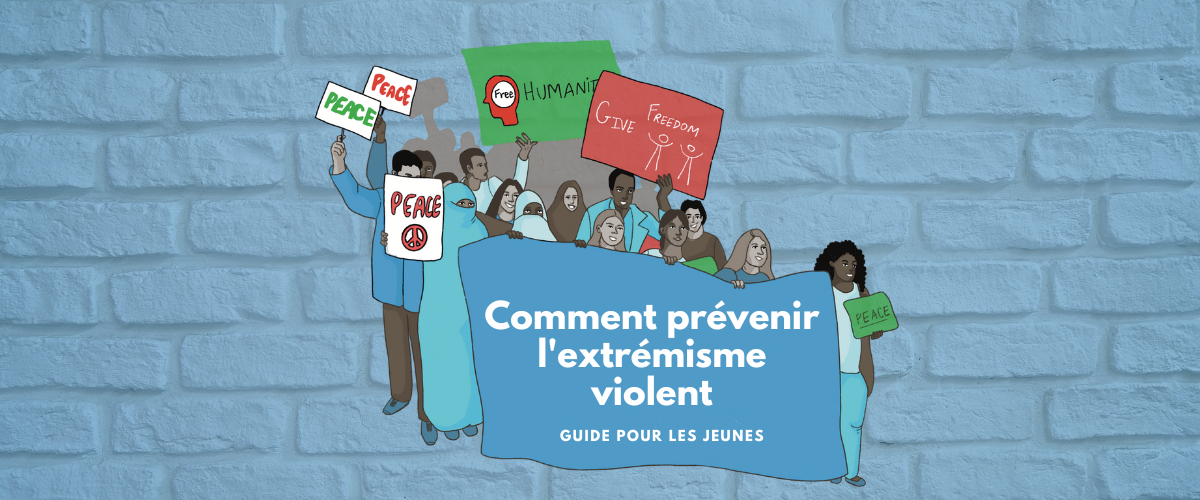“When we pause to remember the many lives lost on 11 November, we must cast our eyes forward to the opportunities for reconciliation”
Following the successful launch of a new report on reconciliation in Geneva, Alan Doss of the Kofi Annan Foundation and Scott Weber of Interpeace reflect on the anniversary of the armistice that ended WWI and the lessons to be learned for peacebuilding.This article was originally published in French in Le Monde.
Almost one hundred years ago to the day, the First World War concluded with the signing of the Armistice of 11 November 1918. Less than a generation later however, the world was once again consumed by another devastating global conflict. What went wrong?
Was it that the peace negotiations were conducted exclusively by a group of aging men? That the defeated populations were ignored – humiliated, even? The huge price in reparations exacted on them or perhaps the pursuit of short-term interests over a long-term vision?
In reality it was all of the above. Those who dictated the peace in 1918 provided a case study in how to keep wounds from healing and leave social divisions unbridged; how to keep the embers of conflict smouldering. Inadvertently, they made the strongest possible case for the importance of a true reconciliation process.
As we mark the centenary of the guns falling silent across Europe, have we learned these lessons? The figures would suggest not. It is true that the nature of conflict has changed. Inter-state conflicts have been overtaken by civil wars; peace processes are more inclusive than they were then. But much remains to be done: for the first time since 1970, the decade that began in 2010 has seen more conflicts ignited than extinguished.
A worse indictment still is that nearly 60% of civil wars between 1945 and 2009 re-emerged following an initial end to hostilities, and since then the total is still more than half. Reconciliation efforts remain dramatically underfunded. Research has suggested that every dollar put towards peacebuilding saves 16 lost to violent conflict. Such periods of violence are estimated to cost the global economy more than CHF 13.5bn, yet the sum of development assistance dedicated to reconciliation doesn’t even reach 1%.
As tempting as it is to seek one, there is no one-size-fits-all solution for reconciling former adversaries. However, a new report, published Tuesday by the Kofi Annan Foundation and Interpeace, analyses case studies from a period of almost 30 years – and reveals some of the most important factors for a successful process.
First, successful reconciliation requires much more than solely healing the wounds of the past. Rather, we should be seeking to harness the process as a means of preventing new conflicts – by enhancing social cohesion in the longer-term.
Second, reconciliation processes are still driven by those in power following a conflict – at the expense of those groups typically overlooked. In Guatemala for instance, the co-option of peace agreements by the political and economic elite has served to perpetuate the root causes of conflict and left problems festering to the extent that the society remains riven with violence.
In spite of this however, the case of Guatemala also sheds light on the potential value of bringing those typically-overlooked groups into the peace process. Reaching across other divisions – those of income, education or geography for instance – women have come together throughout the country to collectively demand their rights.
To be successful, reconciliation needs to be anchored at different levels throughout society, linked together by multiple constituencies for peace. Women can be one such constituency, and so too can young people, victims of past violence or human rights defenders. In Colombia, dialogue across socio-political divides began between different groups as early as the 1990s. This led to a sense of greater collective identity and joint efforts that helped lay the ground for the 2016 peace agreement years later.
Third, reconciliation, beyond enabling peaceful coexistence also needs to achieve a socio-economic balance between the inhabitants of often highly unequal countries, be it South Africa today, or Germany in the 1930s.
Fourth, strengthening institutions can help overcome sources of such structural inequality – and can help build confidence among former adversaries. In Northern Ireland for instance, a bi-communal police force brought together Catholic and Protestant officers around a common initiative, all the while underpinned by dialogue with both victims and veterans.
Lastly, deep-rooted wounds, physical and psychological must be allowed to heal, and personal or collective moral injuries treated. While often held up as a model example, transitional justice in Rwanda has nonetheless been criticised for failing to meet victims’ need for psychosocial support.
Beyond understanding these important ingredients for successful reconciliation, what place should the international community play in what are increasingly internal processes? A century ago, its role was to clear away the rubble from the greatest conflict the world had then seen. Today, the impending prospect of such processes in Syria and Yemen remind us that this is no time to retreat from our commitment to seeking and sustaining peace. Rather, we must put as much effort into pursuing these objectives as those who seemingly wish to invest in violence and division.
When, on 11 November, we pause to remember the many lives lost one hundred years ago, we must also cast our eyes forward to the opportunities for true reconciliation in the present day. Lasting peace demands it.
Scott Weber, President Interpeace
Alan Doss, President Kofi Annan Foundation



